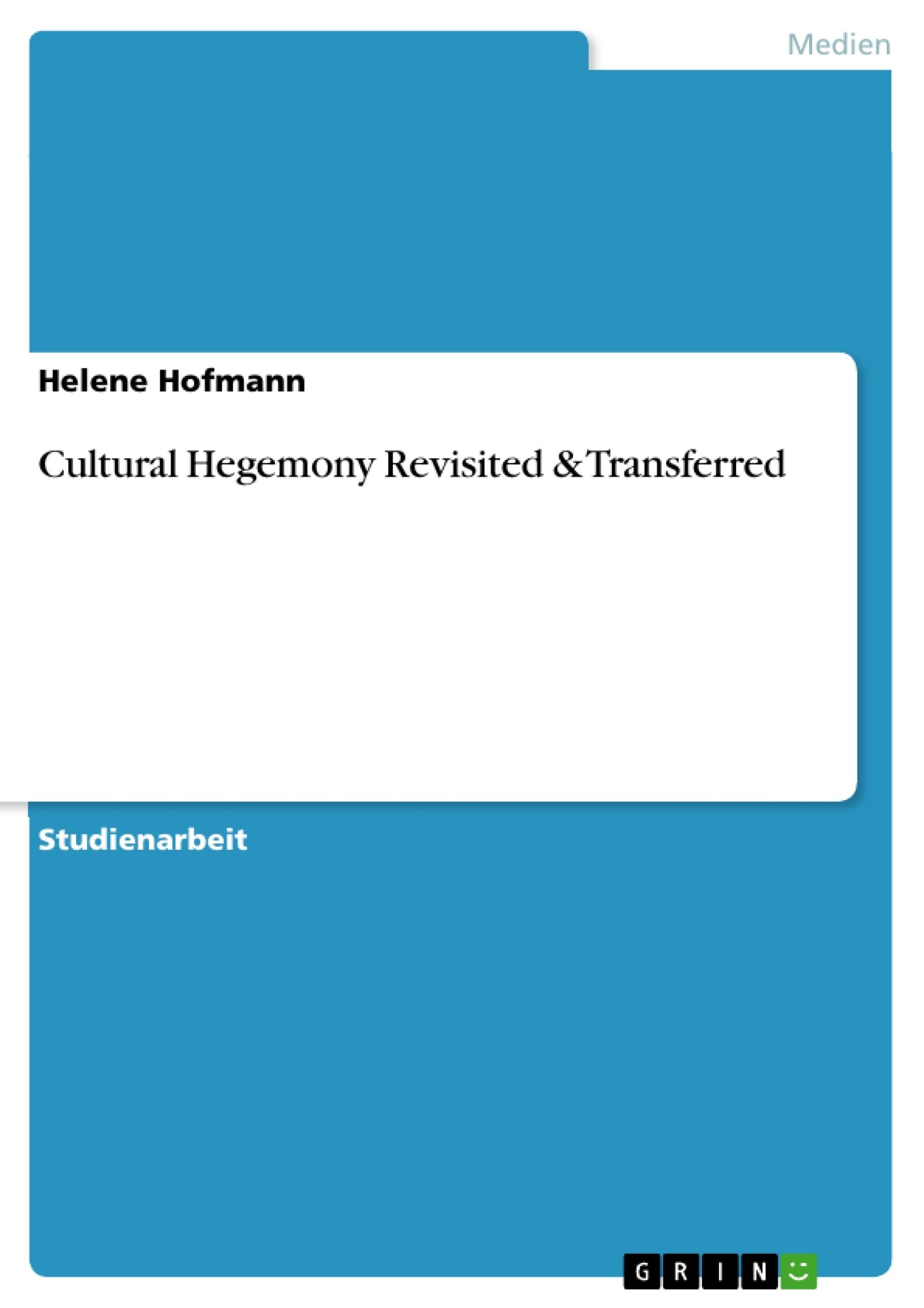No other medium is growing as fast as the Internet and the Social Web. According to Mende, Oehmichen and Schröter (2013), the number of users of the Internet and Web 2.0 applications in Germany literally exploded in the past fifteen years – a growth that is unique in the history of media development. While in 1997 only 7% of the German population used the Internet at least occasionally, we are now able to record 76% onliners in all age groups, and even 99% onliners in the youngest age group (14-29 years of age) (p. 35). When it comes to social networking sites – as an example for Social Web applications – Mende et al. report a rapid development. In 2007, merely 7% of online users said they were present in social networks, only five years later, however, there were 37% of onliners that used social networking sites. In the young age group, over three quarters (76%) of the online users are actively involved in social networks (p. 44), demonstrating that these applications will be of great significance as well in the future. These figures underline the immense expansion of the Social Web and its increasing importance, not only for the users, but also for researchers. So if social media are among, if not the most important mass medium of our time – why not apply classical theories that helped to examine the conventional mass media such as newspapers, radio and TV to the new media?
This paper aims to revisit the theory of cultural hegemony and its link to mass media and later on transfer it from this classical frame to a whole new type of media – the social media. Central questions will be: Is the phenomenon of cultural hegemony to be found in the context of social media? Which aspects of the theory can be properly transferred to the new media?
Inhaltsverzeichnis
- Introduction
- Cultural Hegemony: Revisited
- The theory of Cultural Hegemony according to Gramsci
- Cultural Hegemony and mass media
- Cultural Hegemony: Transferred
- Elements of the theory to be transferred
- Disambiguation: Social Media
- Cultural Hegemony in Social Media?
- Conclusion
- Bibliography
Zielsetzung und Themenschwerpunkte
Diese Arbeit befasst sich mit der Theorie der kulturellen Hegemonie und ihrer Anwendung auf Massenmedien. Ziel ist es, die Theorie auf die neuen Medien, insbesondere soziale Medien, zu übertragen und zu untersuchen, ob das Phänomen der kulturellen Hegemonie auch in diesem Kontext zu beobachten ist.
- Die Theorie der kulturellen Hegemonie nach Gramsci
- Die Rolle von Massenmedien bei der Verbreitung kultureller Hegemonie
- Die Übertragbarkeit der Theorie auf soziale Medien
- Die Auswirkungen von sozialen Medien auf die kulturelle Hegemonie
- Die Bedeutung von sozialen Medien für die Forschung zur kulturellen Hegemonie
Zusammenfassung der Kapitel
Das erste Kapitel führt in die Thematik der kulturellen Hegemonie ein und stellt die Theorie von Antonio Gramsci vor. Es wird erläutert, wie die herrschende Klasse ihre Macht durch die Verbreitung ihrer Ideen und Werte in der Gesellschaft festigt. Das zweite Kapitel untersucht die Rolle von Massenmedien bei der Verbreitung kultureller Hegemonie. Es wird gezeigt, wie Massenmedien dazu beitragen, die Interessen der herrschenden Klasse zu fördern und die Interessen marginalisierter Gruppen zu unterdrücken. Das dritte Kapitel befasst sich mit der Übertragbarkeit der Theorie der kulturellen Hegemonie auf soziale Medien. Es werden die Elemente der Theorie identifiziert, die auf den Kontext von sozialen Medien übertragen werden können, und es wird diskutiert, ob das Phänomen der kulturellen Hegemonie auch in sozialen Medien zu beobachten ist.
Schlüsselwörter
Die Schlüsselwörter und Schwerpunktthemen des Textes umfassen die kulturelle Hegemonie, Massenmedien, soziale Medien, Antonio Gramsci, die herrschende Klasse, die Interessen von marginalisierten Gruppen, die Verbreitung von Ideen und Werten, die Rolle von Kommunikation und Technologie in der Gesellschaft.
- Quote paper
- B. A. Helene Hofmann (Author), 2013, Cultural Hegemony Revisited & Transferred, Munich, GRIN Verlag, https://www.grin.com/document/281344



